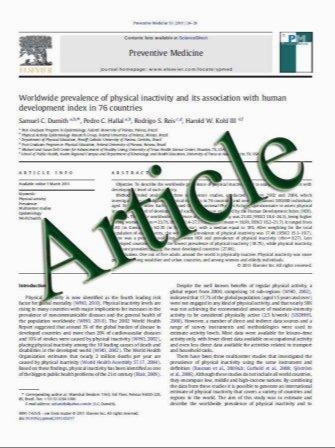Surface Cooling after Cardiac Arrest: Effectiveness, Skin Safety, and Adverse Events in Routine Clinical Practice
- نوع فایل : کتاب
- زبان : انگلیسی
- مؤلف : Salam Jarrah • John Dziodzio • Christine Lord • Gilles L. Fraser • Lee Lucas • Richard R. Riker • David B. Seder
- چاپ و سال / کشور: 2011
Description
Background Effectiveness of cooling and adverse events (AEs) involving skin have not been intensively evaluated in cardiac arrest survivors treated with therapeutic hypothermia (TH) when induced and maintained with a servomechanism-regulated surface cooling system. Methods Retrospective review of sixty-nine cardiac arrest survivor-events admitted from April 2006–September 2008 who underwent TH using the Medivance Arctic Sun Temperature Management System. A TH database and medical records were reviewed, and nursing interviews conducted. Primary endpoint was time from initiation to target temperature (TT; 32–34C). Secondary endpoints were cooling rate, percentage of hypothermia maintenance phase at TT, effect of body-mass index (BMI) on rate of cooling, and AEs. Results Mean time to the target temperature (TT) was 2.78 h; 80% of patients achieved TT within 4 h; all did within 8 h. Patients were at TT for 96.7% of hypothermia maintenance; 17% of patients had >1 hourly temperature measurement outside TT range. Mean cooling rate during induction phase was 1.1C/h, and was not associated with BMI. Minor skin injury occurred in 14 (20%) patients; 4 (6%) were device-related. Skin injuries were associated with shock (P = 0.04), and decubitus ulcers were associated with left ventricular ejection fraction <45% (P = 0.004). AEs included shivering (94%), hypokalemia (81%), hyperglycemia (57%), pneumonia (23%), bleeding (22%), post-cooling fever (17%), and bacteremia (9%). Conclusions The Arctic Sun Temperature Management System was an effective means of performing therapeutic hypothermia after cardiac arrest. Infrequent skin injuries were associated with vasopressor use and low ejection fraction.
Neurocrit Care (2011) 14:382–388 DOI 10.1007/s12028-011-9506-y Published online: 20 January 2011


